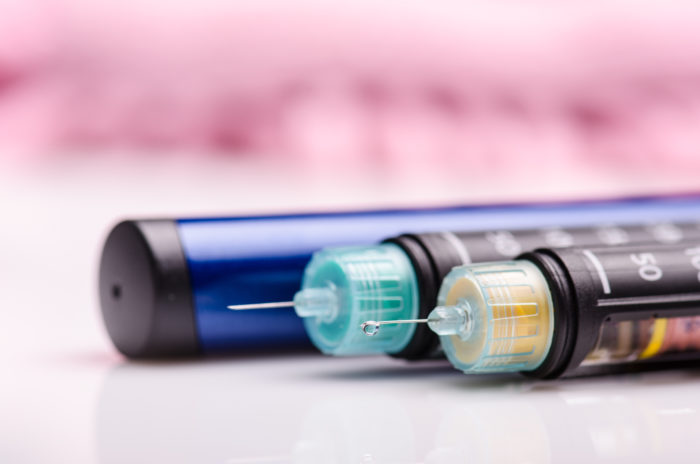Medicaid Rule Undermines Insulin Access
September 14, 2018
Medicaid’s efforts to save a buck could cost diabetes patients in a big way.

To cut costs, some state Medicaid programs are now asking pharmacists to dispense patients’ insulin pens one at a time. The pens are typically packaged by their manufacturers in lots of five, which is also how they’re usually dispensed to patients at the pharmacy. The quantity keeps patients equipped to deal with fluctuations in blood glucose, preventing hyperglycemia.
Medicaid’s new policy rations the pens, aiming to reduce the program’s spending on diabetes care. But it’s rife with unexpected consequences. For pharmacies, the policy requires stripping pens from their packaging and relabeling them individually. It’s added and unnecessary work for time-strapped staff who would rather be serving patients.
For the patients themselves, a single trip to the pharmacy becomes five trips. And when one insulin pen doesn’t last the whole month, patients must hurry back to get another. Each trip requires another co-pay. In short, both the logistics and the cost of using insulin become more burdensome.
The situation is an example of policy, manufacturing, pharmacy dispensing practice and patient needs being fundamentally misaligned. And it’s especially problematic for the Medicaid population, for whom circumstances and socio-economic conditions may already make it difficult to manage diabetes.
As Frank Lavernia, MD, of the Alliance for Patient Access’ Diabetes Therapy Access Working Group explained, “I have patients that require high doses of insulin daily due to their underlying insulin resistance. They also have transportation and work problems that will limit their availability to go to the pharmacy often.”
Dr. Lavernia expressed concern that Medicaid’s policy will lead to adherence problems — or “worse yet, patients will end up under-dosing in an attempt to have their insulin last longer. That, in turn, will lead to loss of diabetes control.”
In fact, insulin pens have been shown to increase adherence among patients. Research suggests that they allow for quicker, easier injection and more exact dosing. And while they can be more expensive than insulin in vials, they are associated with fewer hospitalization and physician visits.
Medicaid budgets are stretched, no doubt. But making insulin harder for patients to access may raise the very costs Medicaid hopes to contain – and hurt the health of the very people Medicaid seeks to serve.
Tags: DiabetesCategorized in: Blog

